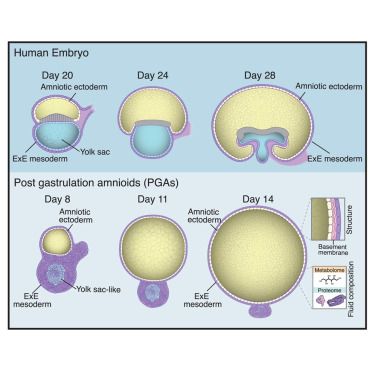

We used genomic barcoding + scRNAseq in chick & human embryos to reveal a lineage architecture that reshapes how we understand neural tube development & cell fate decisions
🧵👇
www.biorxiv.org/content/10.1...

We used genomic barcoding + scRNAseq in chick & human embryos to reveal a lineage architecture that reshapes how we understand neural tube development & cell fate decisions
🧵👇
www.biorxiv.org/content/10.1...




Specific project with us will be decided based on your interests.
Apply here www.crick.ac.uk/careers-stud...

Specific project with us will be decided based on your interests.
Apply here www.crick.ac.uk/careers-stud...

If you’re an ambitious computational scientist looking for a Postdoc position, apply now
Deadline 15th October. Get in touch if you have any questions.
Please repost!
More details:
www.imperial.ac.uk/jobs/search-...

If you’re an ambitious computational scientist looking for a Postdoc position, apply now
🔗 www.biorxiv.org/content/10.1...

🔗 www.biorxiv.org/content/10.1...



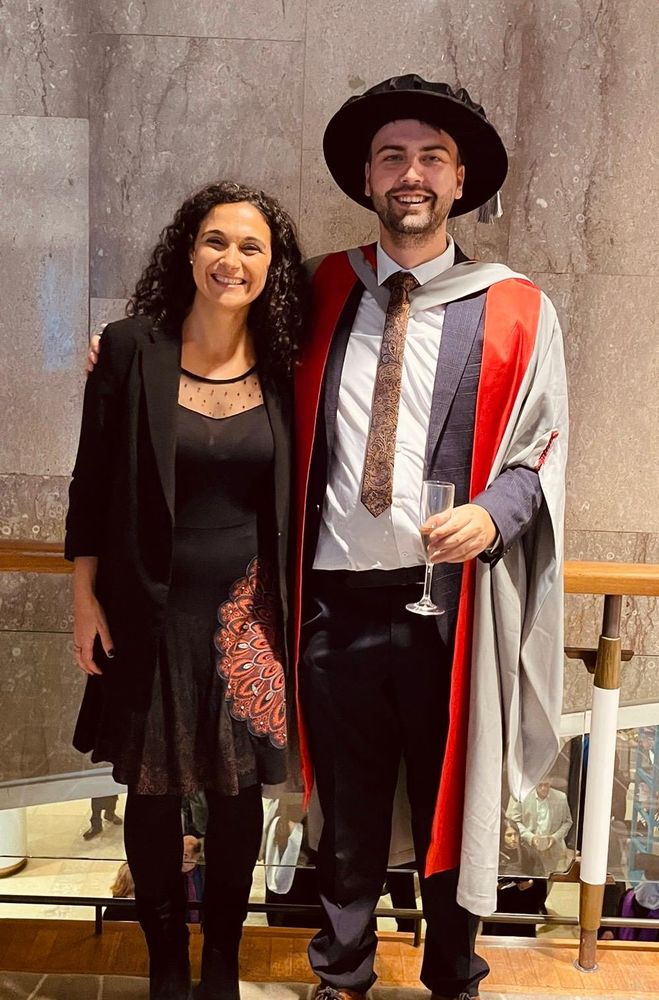
Deadline 15th October. Get in touch if you have any questions.
Please repost!
More details:
www.imperial.ac.uk/jobs/search-...

Deadline 15th October. Get in touch if you have any questions.
Please repost!
More details:
www.imperial.ac.uk/jobs/search-...






📄 - https://bit.ly/3Vxf0rf
🎙️ - https://bit.ly/3JWWpT9

📄 - https://bit.ly/3Vxf0rf
🎙️ - https://bit.ly/3JWWpT9
www.crick.ac.uk/news/2025-09...

www.crick.ac.uk/news/2025-09...

Applied to neural tube patterning shows morphogen-signalling landscapes can be linearly interpolated
Connects interpretable landscape models with data
www.biorxiv.org/content/10.1...
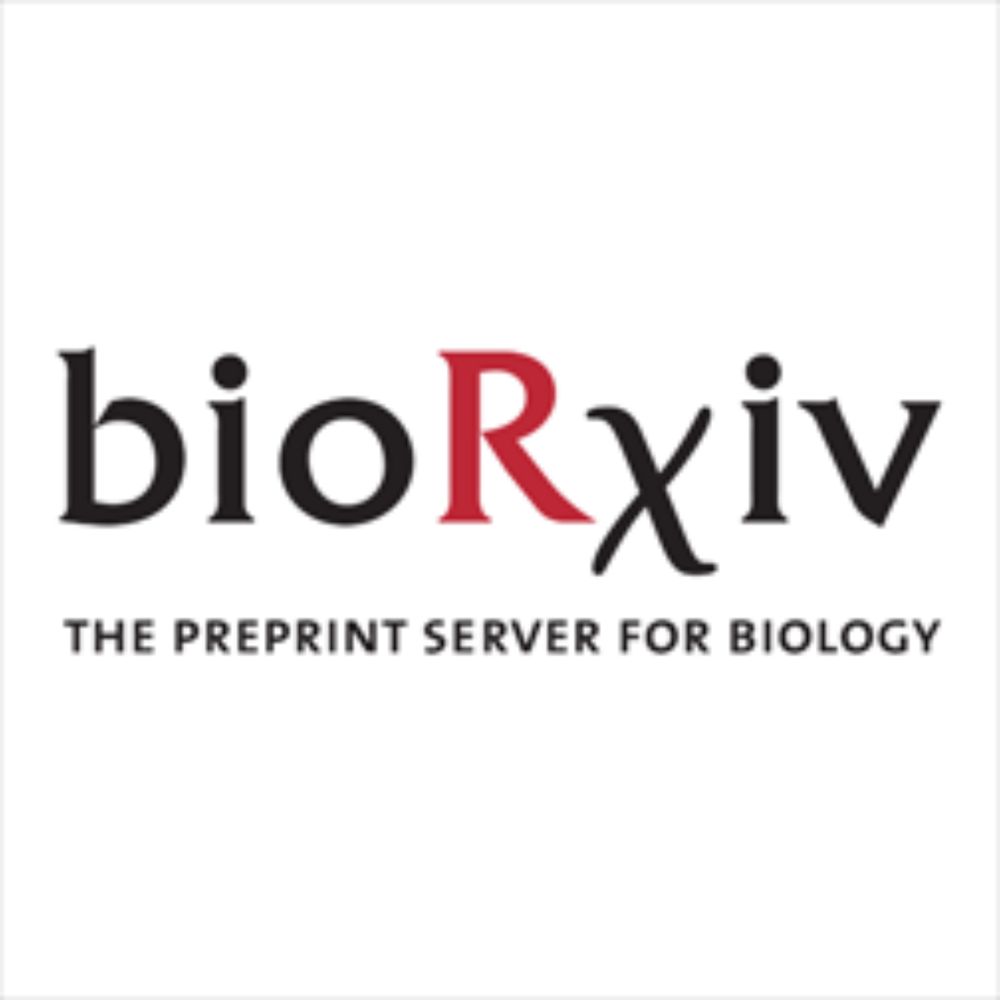
Applied to neural tube patterning shows morphogen-signalling landscapes can be linearly interpolated
Connects interpretable landscape models with data
www.biorxiv.org/content/10.1...
We wanted to know how cells build functional organs with precision🫀🫁📏 Here we show how coupling of cell shape and organ function fine tunes the form and contractile power of the developing #zebrafish heart 1/n
tinyurl.com/cell-stretch
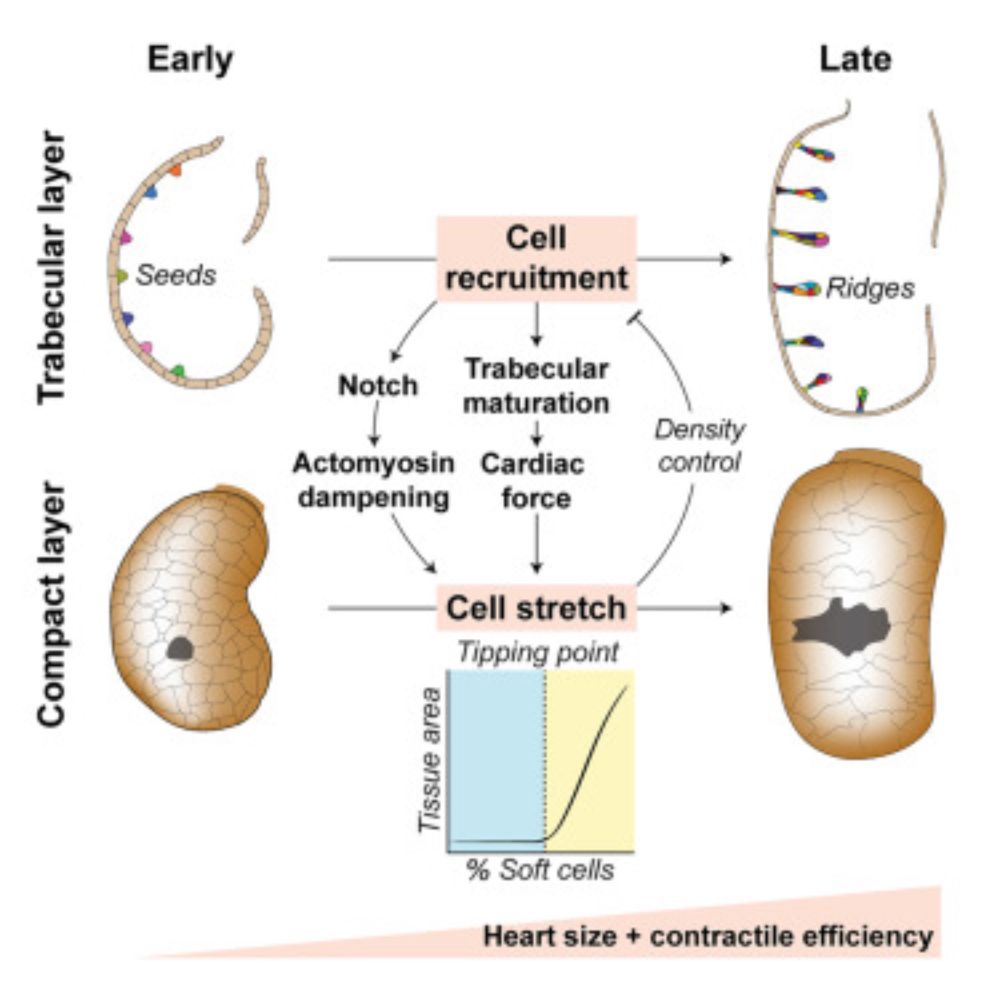
We wanted to know how cells build functional organs with precision🫀🫁📏 Here we show how coupling of cell shape and organ function fine tunes the form and contractile power of the developing #zebrafish heart 1/n
tinyurl.com/cell-stretch
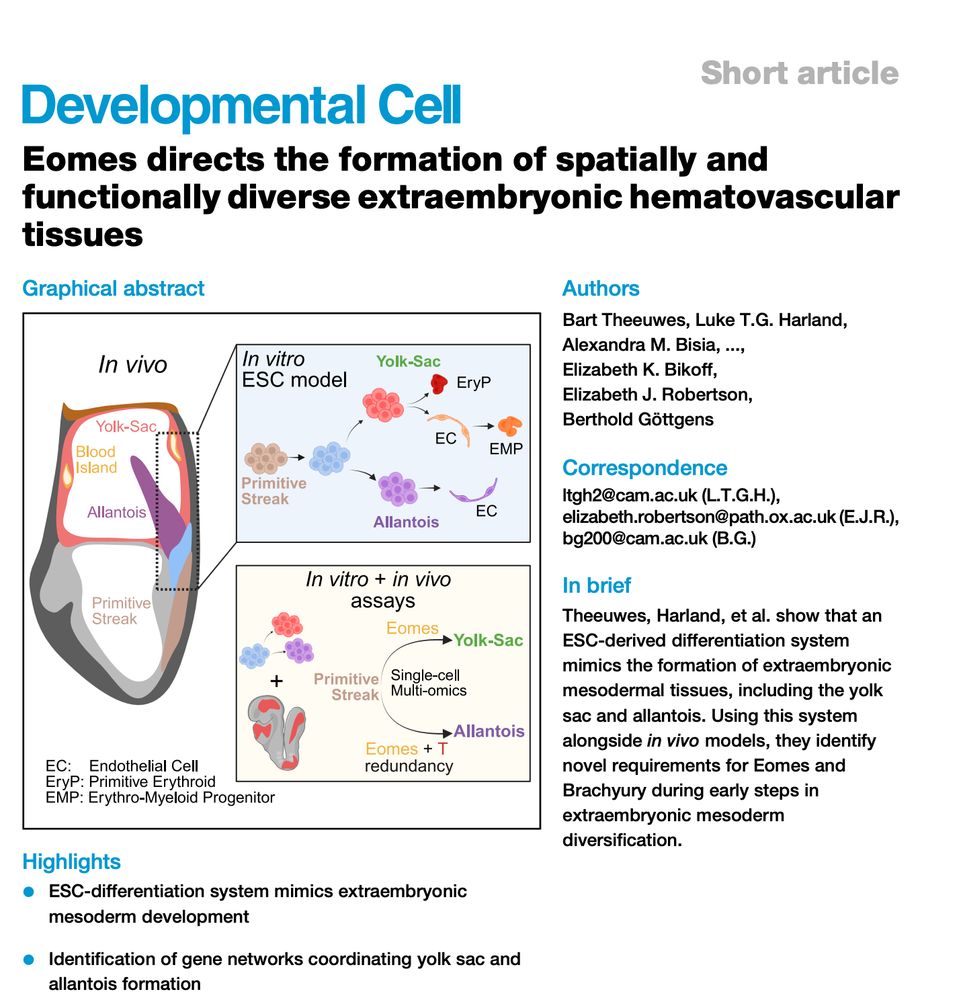
Physical boundaries guide cell fate decisions during human trunk development
Reaction Diffusion model shows how geometry shapes biology with TBXT expression forming consistent domains regardless of colony size & shape
www.biorxiv.org/content/10.1...

Physical boundaries guide cell fate decisions during human trunk development
Reaction Diffusion model shows how geometry shapes biology with TBXT expression forming consistent domains regardless of colony size & shape
www.biorxiv.org/content/10.1...
www.biorxiv.org/content/10.1...

www.biorxiv.org/content/10.1...
@kingsioppn.bsky.social @devneuro.bsky.social
Post-doc @stochastalive.bsky.social shares this week's image showing a dorsal view of the human embryonic forebrain at Carnegie Stage 16 (~6 weeks post conception). Major regions marked by FOXG1, WNT8B, PAX6, and SHH are displayed.

@kingsioppn.bsky.social @devneuro.bsky.social
